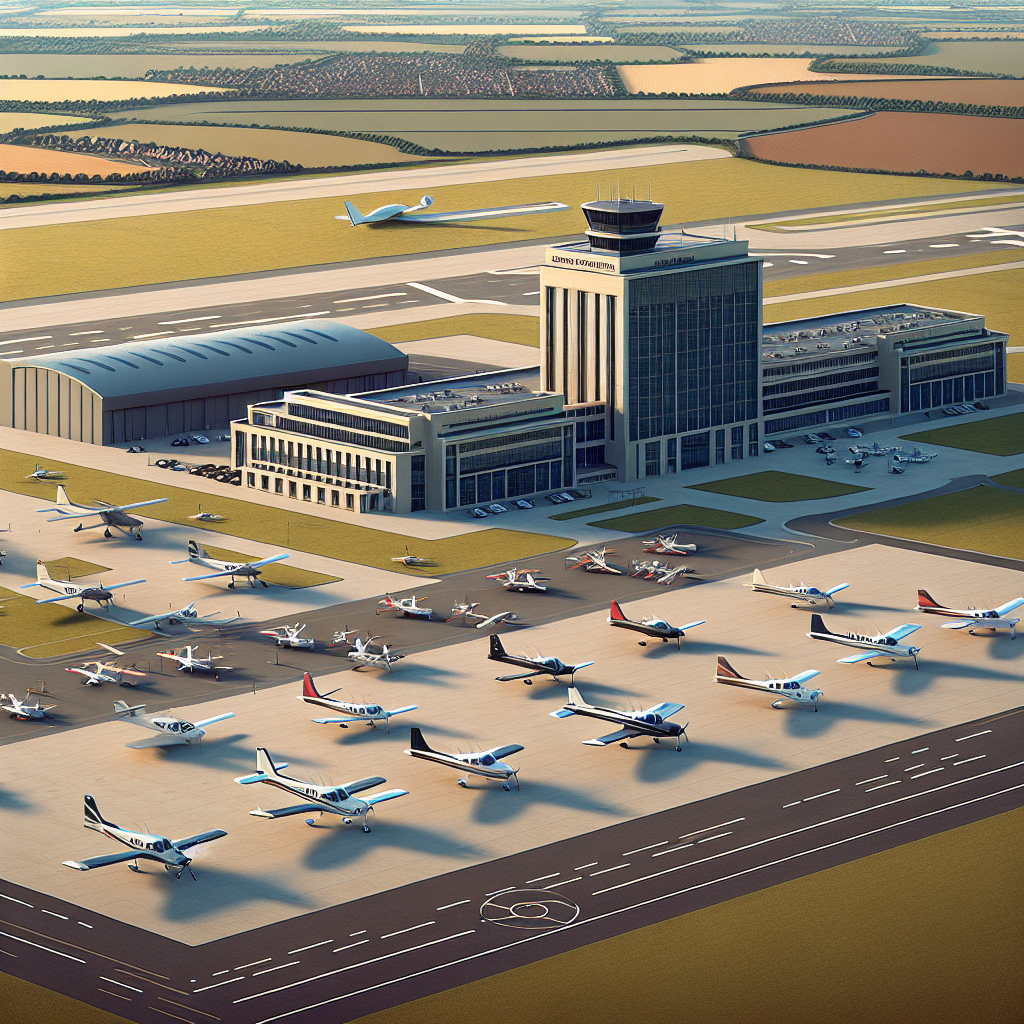Road rage, a term that once seemed like an occasional outburst, has now become a disturbing incident on our roads because it can be fatal. Defined as aggressive or violent behavior stemming from a driver’s uncontrolled anger at the actions of another motorist, road rage is more than just an emotional flare-up—it’s a public safety hazard. According to the World Health Organization (WHO), road traffic injuries are the leading cause of death for children and young adults aged five to 29 years.
While not all of these incidents are caused by road rage, WHO identifies aggressive driving as a significant contributor to road traffic crashes. The underlying causes of road rage, as highlighted in WHO reports, often stem from stress, fatigue, high traffic congestion, personal problems, and poor anger management. When mixed with driving—a task requiring focus, patience, and reflexes—these factors can turn deadly.

A recent and tragic example occurred in Antipolo on March 30, 2025 between an SUV driver and a motorcycle rider where an overtaking maneuver incident escalated into a fatal encounter. According to police reports, after a short chase by motorcycle riders, the driver exited his car, was accosted by the riders, and a fistfight ensured. Videos of the incident in social media showed the driver pulling out a gun.
Four persons were hit by the bullets, and one of the victims later died. The driver is now facing murder and frustrated murder charges, and violation of the election gun ban, according to the Antipolo PNP. The case shocked the public and sparked national debate on the mental health and temperament of Filipino drivers.
It underscored a grim reality: a moment of unchecked emotion from both parties can lead to irreversible loss. Preventing road rage requires a multi-faceted approach involving public education, infrastructure development, mental health awareness, and law enforcement. The most needed approach today would be education campaigns, emphasizing emotional control and promoting defensive driving practices.
Many drivers react aggressively because they are unaware of how dangerous and common road rage can be. Urban planning and road infrastructure also play a crucial role. Poorly designed roads, frequent bottlenecks, and unclear signage contribute to driver frustration.
Reducing congestion through better traffic management systems, road widening projects, and efficient public transportation can help ease tensions. Mental health support is another key component. WHO has long emphasized the connection between emotional well-being and public health outcomes.
Programs that promote stress management and emotional regulation can serve not just road users but the population at large. Enforcement must also be robust. Dashcam footage, traffic monitoring systems, and stiffer penalties for aggressive driving and assault can deter potential offenders.
It’s not enough to catch perpetrators after the fact; deterrence is essential. Road rage is a symptom of broader societal stress, poor planning, and lack of emotional education. Tackling it demands attention from multiple sectors: government, community, and individual drivers.
The Antipolo case is a sobering reminder that vigilance and emotional restraint behind the wheel are not optional—they are a responsibility. Until aggressive driving is treated with the same seriousness as drunk or distracted driving, tragedies on our roads will continue. It’s time to stop blaming traffic and start changing behavior.
Many incidents of road rage or aggressive driving are caused by lack of education on road use. The size of one’s vehicle – whether it is small enough to weave through traffic, or large enough to bully for space – is not a factor to ensure road use priority. Let’s have more education campaigns for road users!.
Politics

Preventing road rage: A public safety imperative

Road rage, a term that once seemed like an occasional outburst, has now become a disturbing incident on our roads because it can be fatal. Defined as aggressive or violent behavior stemming from a driver’s uncontrolled anger at the actions of another motorist, road rage is more than just an emotional flare-up—it’s a public safety hazard.















